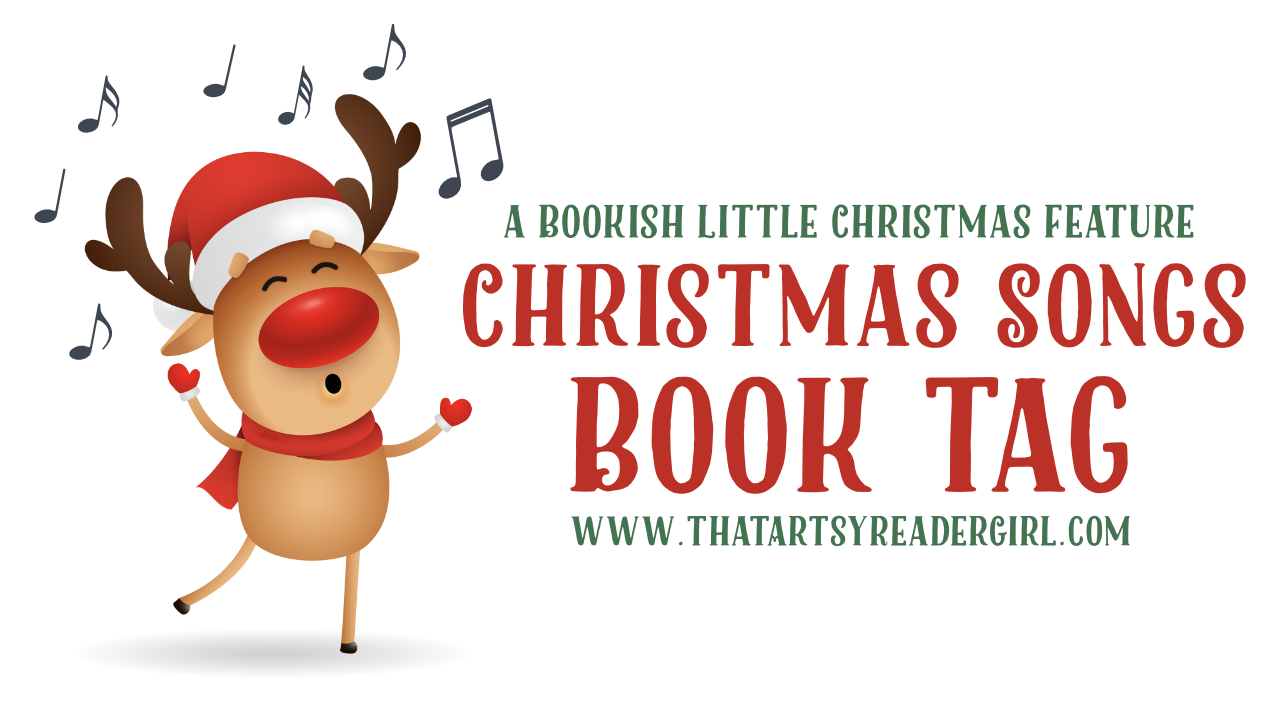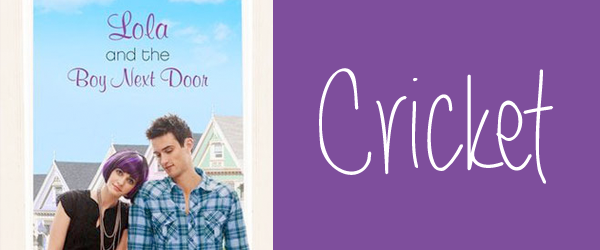In recent years, fantasy novels and movies have gained immense popularity, captivating audiences with their vivid worlds and intriguing characters. However, one critical aspect that seems to be lacking is diversity in the representation of mythological creatures. While creatures like dragons, elves, and dwarves have been prominently featured in various fantasy works, there are countless other mythological beings that are often overlooked or under-represented.
As fantasy enthusiasts, we are all familiar with iconic creatures like unicorns and griffins, but what about the lesser-known beings from folklore and mythology? From the terrifying Kumiho of Korean folklore to the graceful Selkies of Celtic legend, there is a vast array of mythological creatures that have yet to be given the spotlight they deserve in modern fantasy stories.
One reason for this lack of representation could be the tendency of writers to stick to familiar tropes and creatures that are easily recognizable to audiences. However, by incorporating lesser-known mythological creatures into their works, authors have the opportunity to introduce readers to new and exciting worlds filled with diverse beings and cultures.
Furthermore, including a wider range of mythological creatures can also help to enrich the storytelling experience, adding depth and complexity to the fantasy worlds being portrayed. By showcasing creatures from different cultures and mythologies, writers can explore themes of diversity, acceptance, and cultural understanding in their narratives.
Additionally, featuring under-represented mythological creatures can also provide a fresh and unique perspective on familiar fantasy tropes. By introducing readers to creatures they may not be familiar with, authors have the opportunity to subvert expectations and challenge conventional storytelling conventions.
In conclusion, it is time for fantasy creators to expand their horizons and embrace the plethora of mythological creatures waiting to be brought to life in modern fantasy stories. By giving a voice to under-represented beings from folklore and mythology, writers can create richer, more inclusive narratives that appeal to a diverse range of readers. Let us celebrate the diversity of the mythical world and acknowledge the beauty and uniqueness of all creatures, no matter how obscure or unfamiliar they may be.



